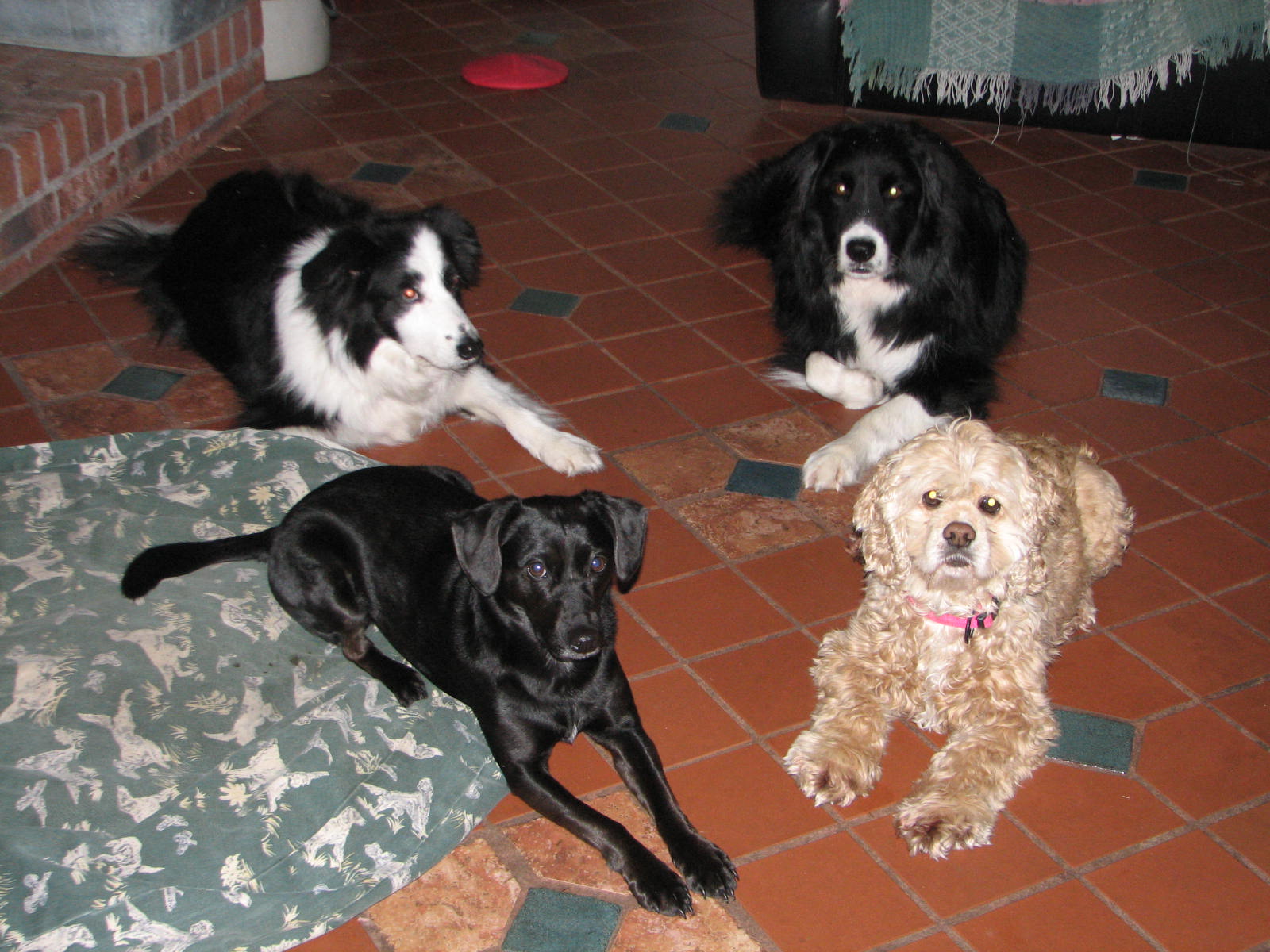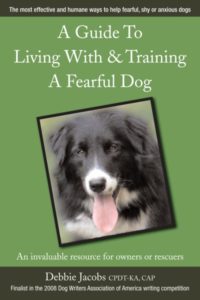
The latter, and a smidgen of the former have been the case for me. In some instances a dog only needs the opportunity to learn and grow to become the dog of our dreams or expectations. This is true of adolescent dogs who test their owners’ patience and training skills. And we know from the population of dogs found at shelters that dogs in this age group are often not the dogs their owners wanted.
I was speaking with a trainer friend about a client I was going to meet to help her find ways to work with her fearful, and sometimes aggressive, mastiff. My friend made the point that it may be necessary to ‘normalize’ behaviors for owners in relation to their dog and breed characteristics. In the same way it is ‘normal’ for an adolescent dog to behave like a knuckled-headed brat, it is also normal to have a dog bred for guarding be suspicious of new people or animals entering their territory. It doesn’t mean that a dog bred for particular traits cannot learn to be tolerant, flexible and compliant in relation to those traits, but in some cases, if the training for this did not begin early in their lives, or fear is added to the mix, it might require an owner to reassess their expectations for the dog.
In my mind I have a picture of what a confident, fearless but not reckless, dog looks like. I have lived with many. When I watch my dog Sunny I can see behaviors which do not fit with this picture. A dog with the right balance of caution and inquisitiveness will explore their environment. They may startle at novelty but within a short period of time (seconds in most cases) should approach and assess the new object or person. Any overt displays of aggression or wariness should end as soon as the neutrality of the novelty is established. Even after living in our home for over 5 years Sunny will often avoid or move away from novel objects placed in his environment, objects which other dogs barely notice. However his negative responses to novelty are not as grand as they were and he may also tentatively approach and check out new objects.
I had to ‘normalize’ Sunny’s responses to novelty in my own head. He behaves the way a dog that was not exposed to novelty as a pup, and perhaps one on the more wary end of the genetic spectrum, might behave. As much as I want him to stop being this kind of dog, I cannot force him to. What I have been able to do is give him skills for dealing with situations that cause his heart to start beating faster, whether it means going to a place he feels safe, or running to find a frisbee and even sitting quietly until the needle is withdrawn from a vein.
Sunny makes me work harder than my other dogs when it comes to getting behaviors that I want from them. I don’t need to work to get my border collie Finn to be happy and confident with new people. Indeed I have had to work with him to tone down his exuberance when potential frisbee tossers appear on the scene. For years I have lived with Bugsy an old cocker spaniel that I will, with some embarrassment and regret, admit that I have done little to no training with. Bugsy just seemed to seamlessly fit into our lives. He’s got his quirks, but none were enough to warrant effort on my part to change, instead I accommodated them.
I never would have thought I’d want a dog like Sunny but one evening in a training class, watching other owners with their dogs Sunny gave me the head toss that had tagged along with the click he got for eye contact and I thought “I wouldn’t trade this dog for any of the dogs in this room.” Both Sunny and I have been able to change and that’s a big part of why I want the dog I have.
